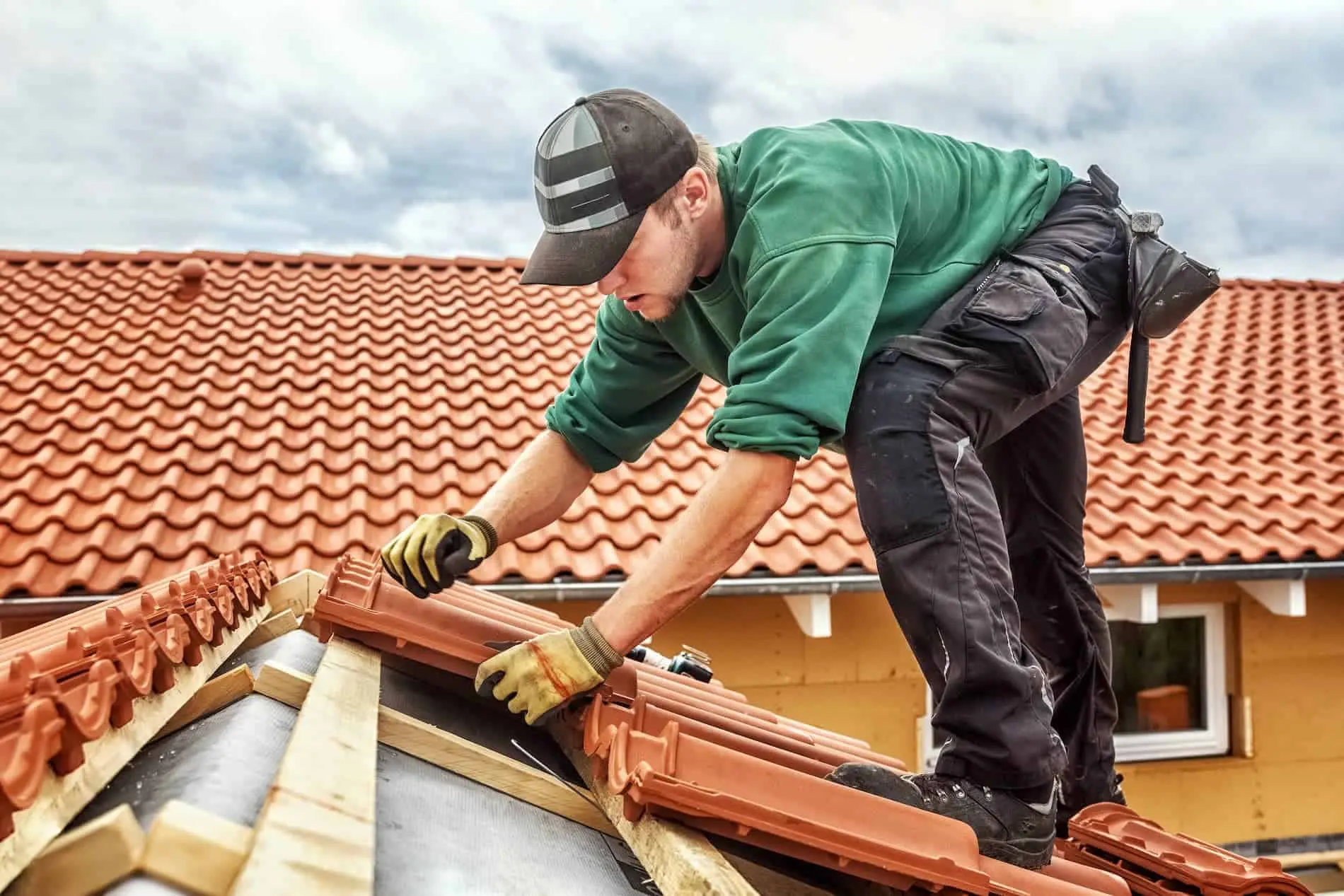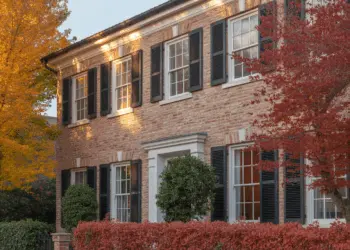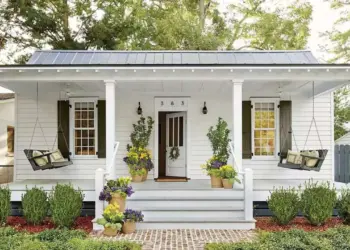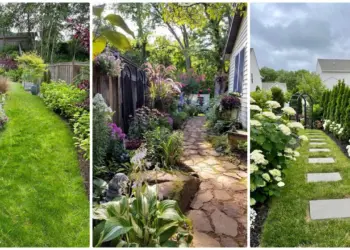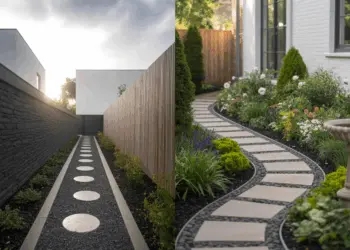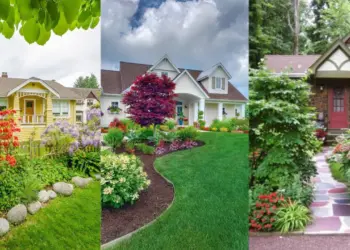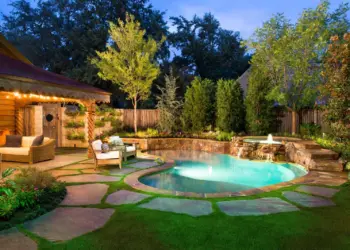Choosing the right roof design and materials is not just about protection; it’s a statement of your home’s personality. This guide will take you through top roofing design ideas, the best materials to use, and how to seamlessly integrate them with the color scheme of your home.
Table Of Content
The Foundation – Understanding Your Home’s Color Scheme
Before we embark on the exciting world of roof designs, let’s delve into the basics. Your home’s color scheme is the canvas, and the roof is the final brushstroke. Learn how to harmonize colors for a visually stunning exterior.
- Consider Neutrals: Opt for neutral roof colors like grays, browns, or whites. These timeless tones provide a versatile backdrop, allowing flexibility in the overall color scheme and enhancing visual appeal .
- Contrast for Impact: Create a bold statement by using contrasting roof colors. This adds vibrancy and sophistication to your exterior. Striking combinations can draw attention to architectural details and elevate the overall aesthetic.
- Coordinate with Exterior Palette: Achieve harmony by matching the roof color with your home’s exterior palette. Consider the existing colors of siding, trim, and other elements. This creates a cohesive and well-coordinated look.
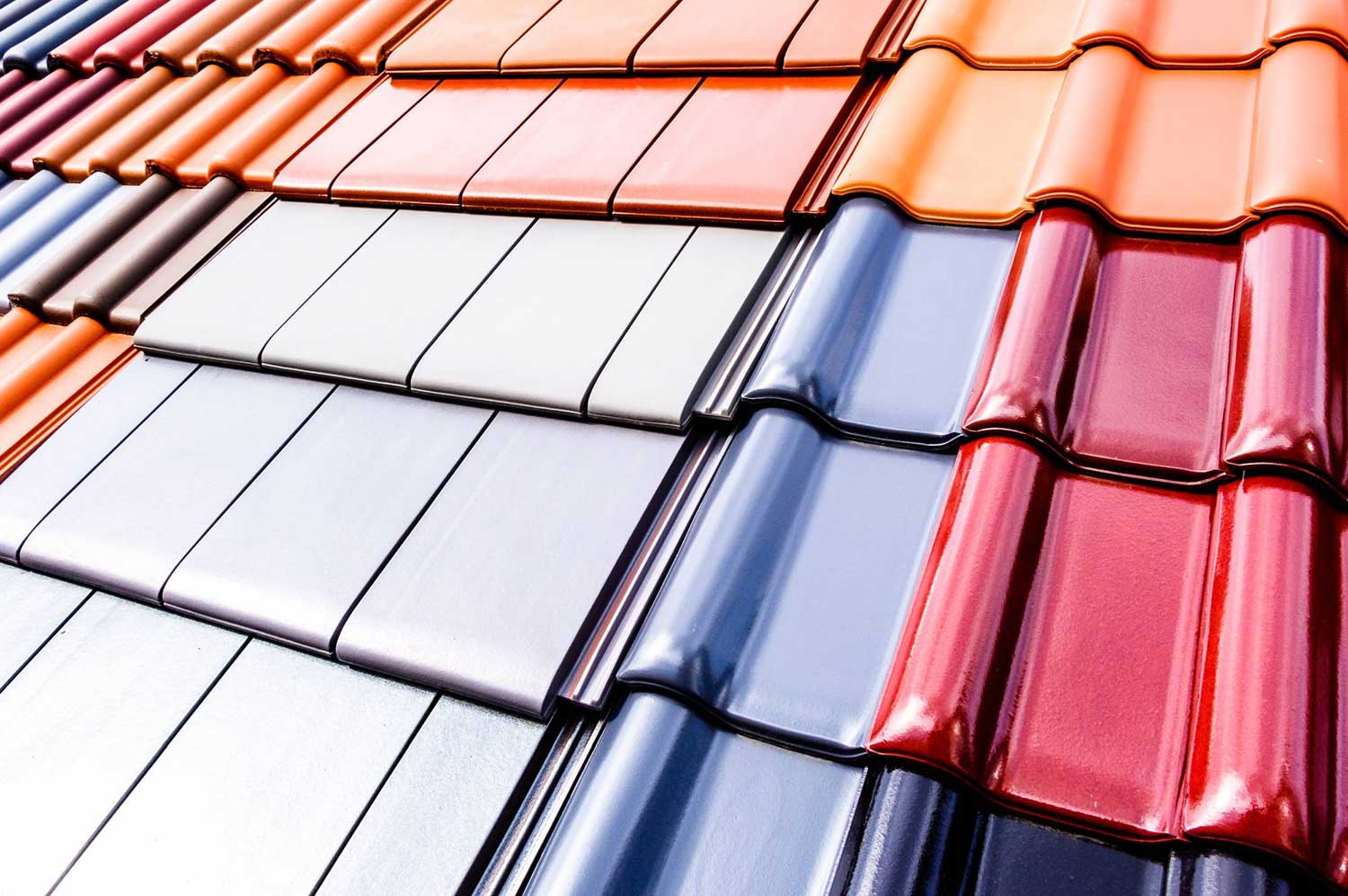
Roof Design as an Architectural Element
Explore how a well-designed roof can transform the entire aesthetic of your home. From classic to modern, discover the various styles that complement different architectural designs.
Gable Roof Design: Timeless Elegance
The quintessential gable roof, characterized by its pitched triangular shape, graces homes with timeless traditional features. In the Georgian style, the sides slope along the front and back, presenting an elegant exterior defined by brick siding and dark shutters. Gable roofs, with their simplicity and versatility, provide both aesthetic charm and structural integrity.
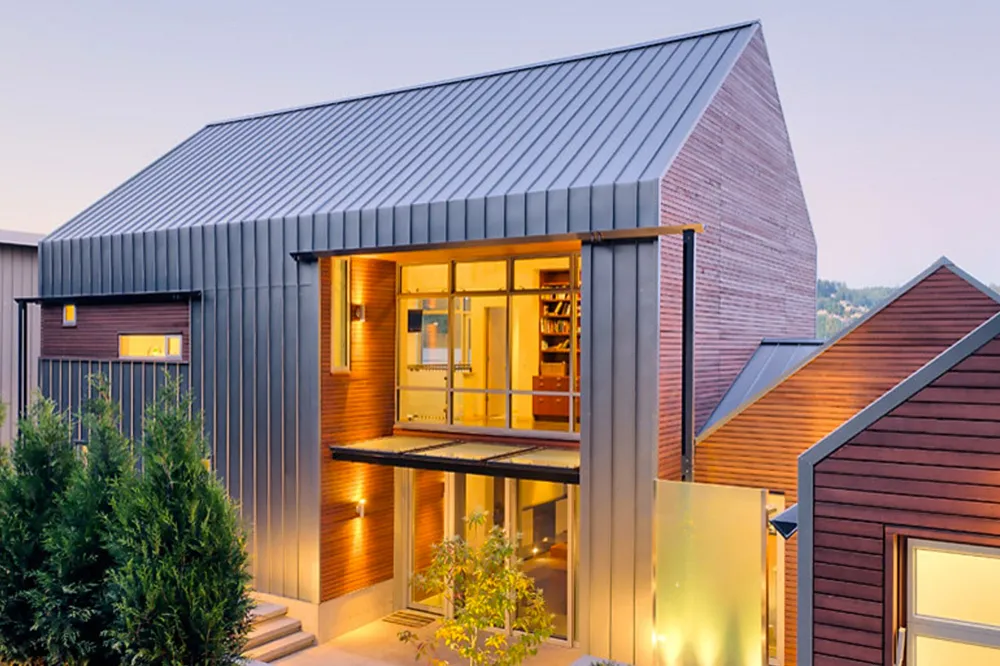
Gable Roof Styles: Seamless Integration
Gently sloping gable roofs find a home in ranch-style houses, subtly blending into the overall structure. Choosing the right roofing material is paramount, ensuring it harmonizes with the siding. Witness the perfect marriage of rough cedar-shingle siding and gray-brown shingles, seamlessly integrating the roof into the overall visual appeal of the house.

Hip Roof Design: Harmony in Four Slopes
Among the most prevalent roof styles today, the hip roof boasts four sloping sides converging to form a peak or ridge. This design, often paired with dormer windows, adds both storage and living space beneath the roof. A testament to harmony in design, witness how dormer windows on this home introduce light and dimension to the roofline.

Dormer Roof Designs: Infusing Light and Dimension
Dormer windows extend outward from a sloped roof side, crowned with their own unique roof-pitched, arched, or flat. Beyond aesthetic appeal, incorporating dormer windows serves a practical purpose, allowing natural light and airflow into upper home areas. Discover how this design choice infuses both interest and dimension into the overall roofline.

Gambrel Roof Style: Symmetry and Versatility
Gambrel roofs, with their symmetrical slopes, first gentle and then steep, are a hallmark of Dutch Colonial homes and farmhouses. This versatile roof style, also found in barns and sheds, imparts a rustic or elegant feel depending on architectural context. Dive into the world of gambrel roofs, where form meets function in perfect harmony.
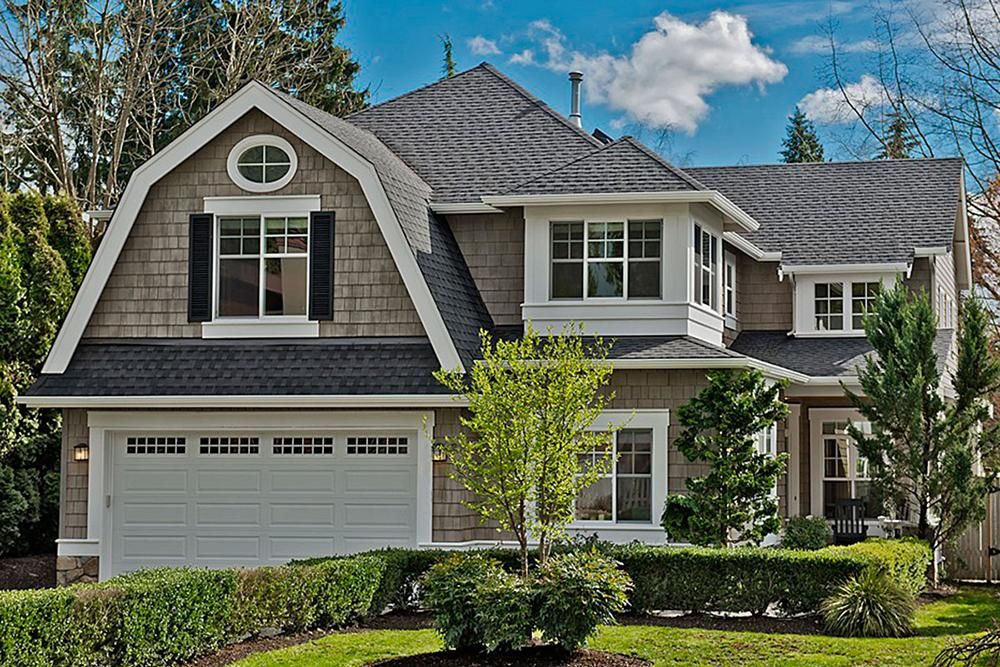
Mansard Roof Style: European Elegance Endures
Celebrated for centuries in Europe, the mansard roof features four double-sloped sides meeting to form a flat area or low-pitched ridge. Commonly adorned with dormers for added light, this style exudes timeless elegance. Journey through the post-Civil War improvements of a Federal-style home, retaining its majestic mansard roof adorned with purple-gray scalloped shingles.
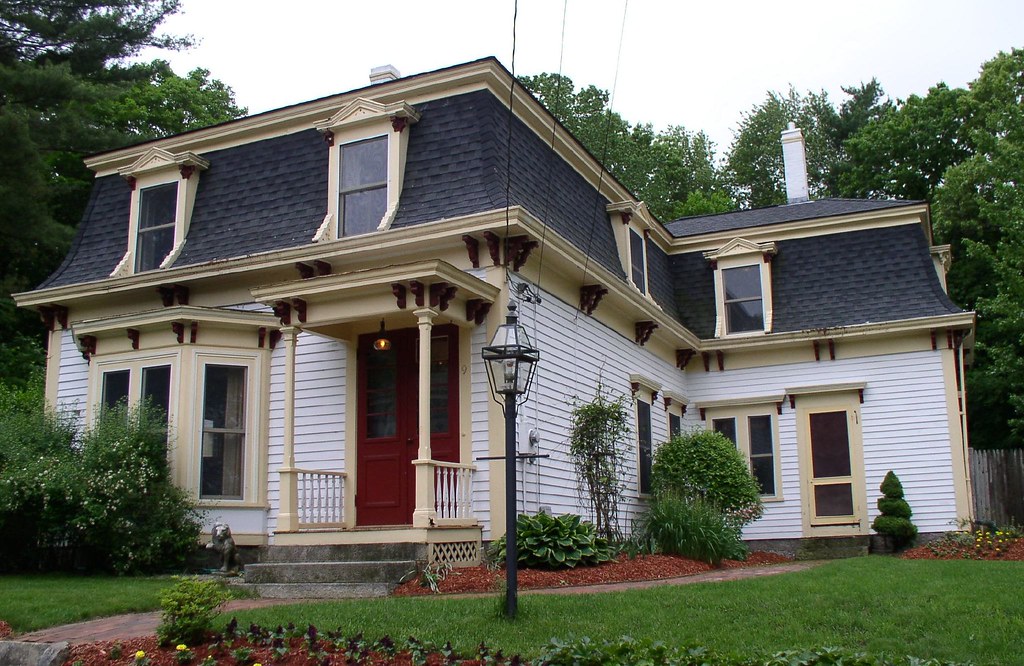
Flat Roof Styles: Modern Minimalism
Contemporary homes often embrace flat roofs, unseen from the street but requiring robust materials. Functionality takes precedence over appearance, with water runoff being critical. Explore the world of flat roofs, where a slight slope hides modern elegance, especially suitable for climates with significant snowfall.
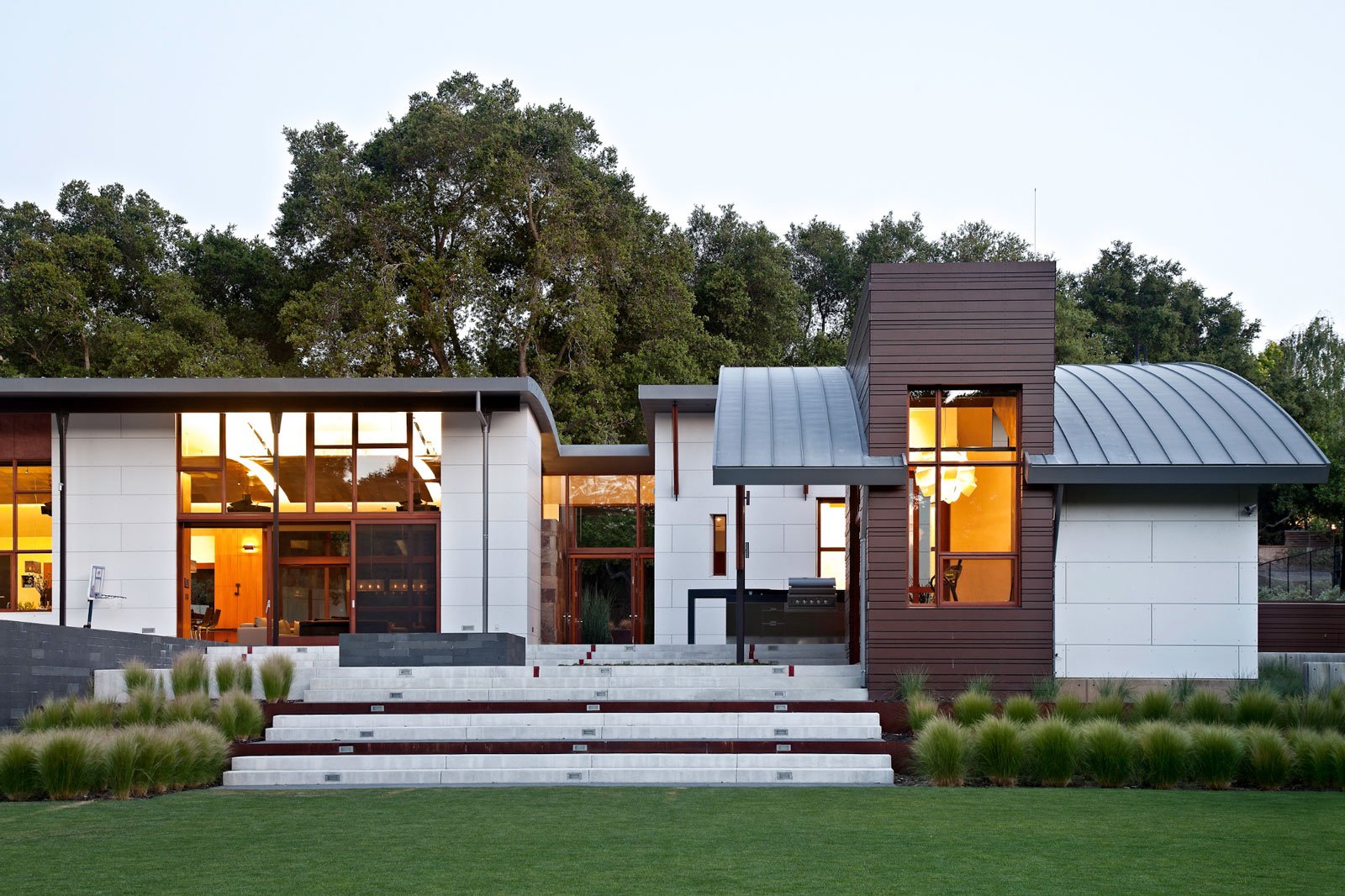
Dutch Colonial Roof Design: Timeless Tradition
Dutch Colonial houses proudly display gambrel roofs with steeply sloped sides covering significant portions of the second floor. Explore roofing material choices, from wood shingles to fire-retardant-treated natural options or the practicality of laminated composition shingles. Uncover the allure of this design that captivates from the curb.
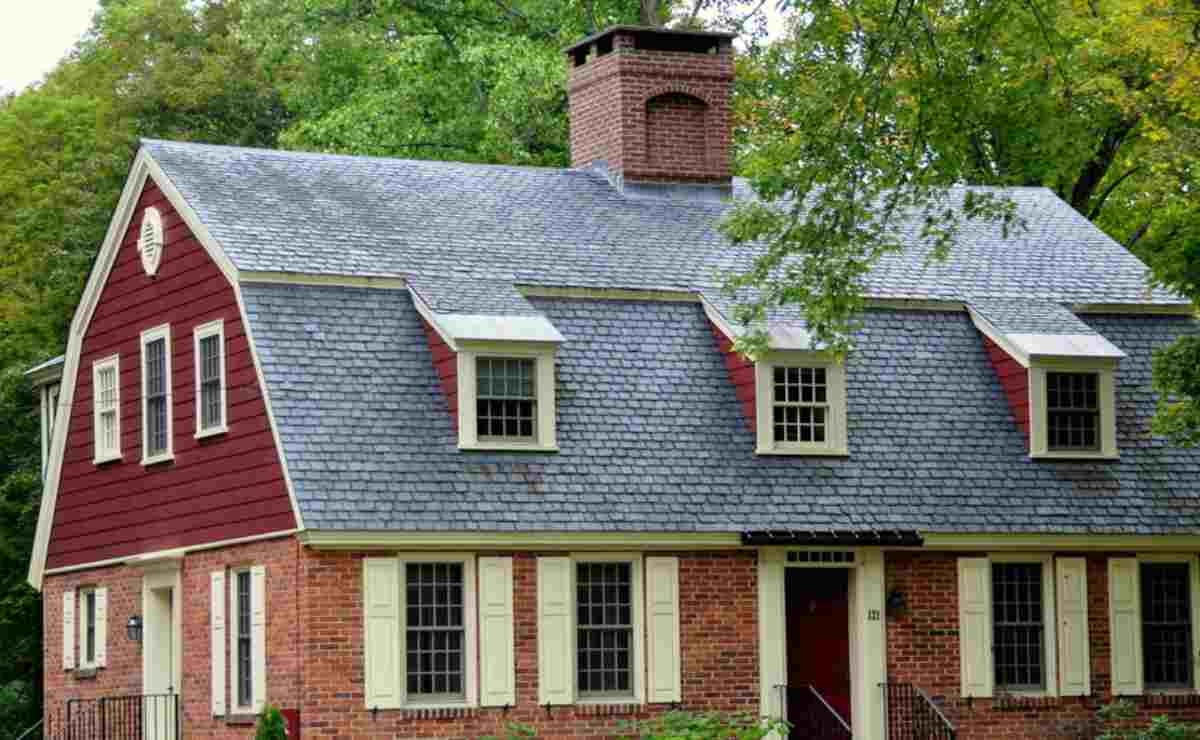
Skillion Roof Style: Bold Contemporary Statements
The skillion roof, or lean-to, takes center stage with its dramatic angles sloping in one direction. Suitable for specific roof sections or entire homes, this style brings boldness to contemporary exteriors. Dive into the dynamic look achieved by combining various angles across roof sections, especially beneficial in areas with heavy rain or snowfall.
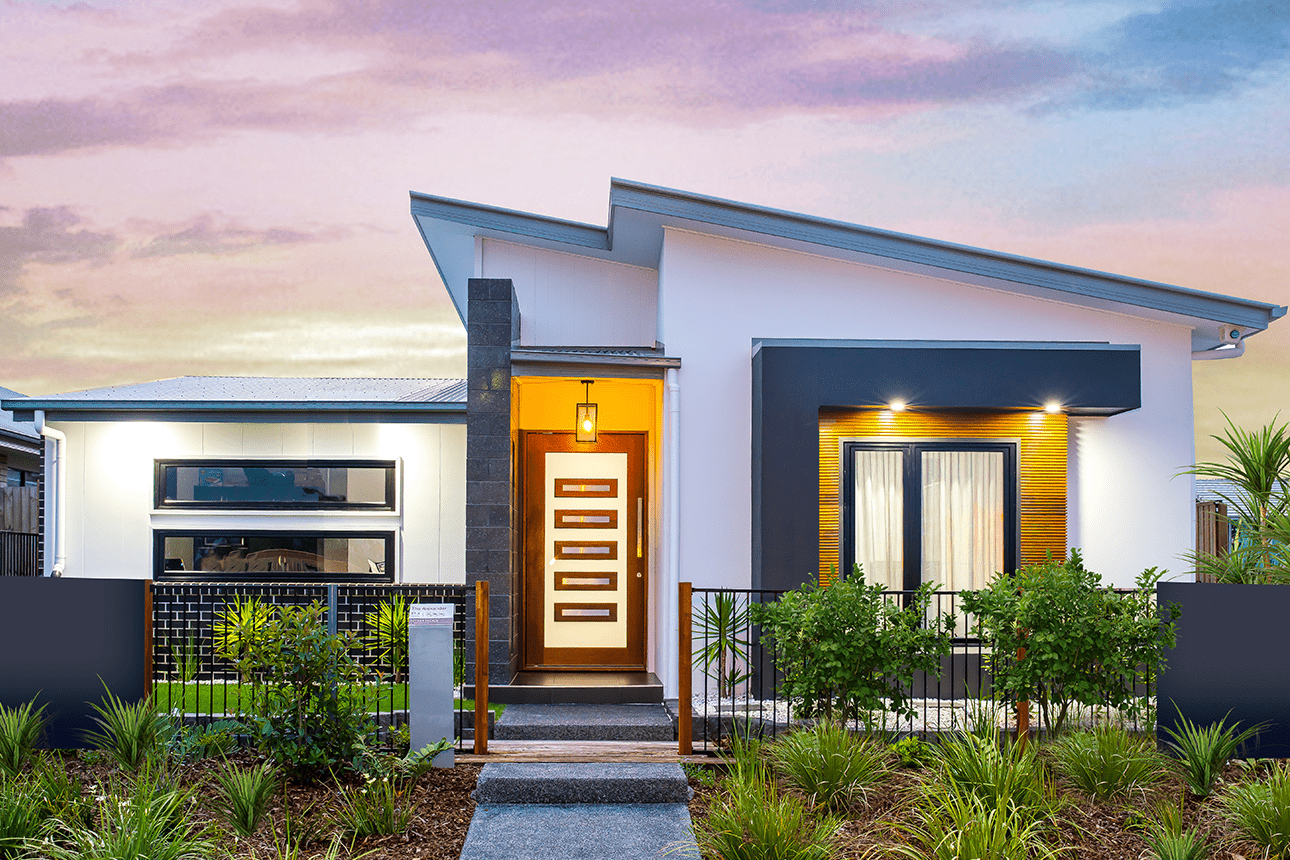
Clay Tile Roof: Warmth and Durability
Bold in color and texture, clay tile roofs find their place on Spanish or Mediterranean-style homes, particularly in the Southwest. Delve into the world of clay tiles, not just for their aesthetic appeal but also for their practical function of deflecting hot sun and cooling interiors. Witness how stucco exteriors complement the warm color scheme of tile roofs.
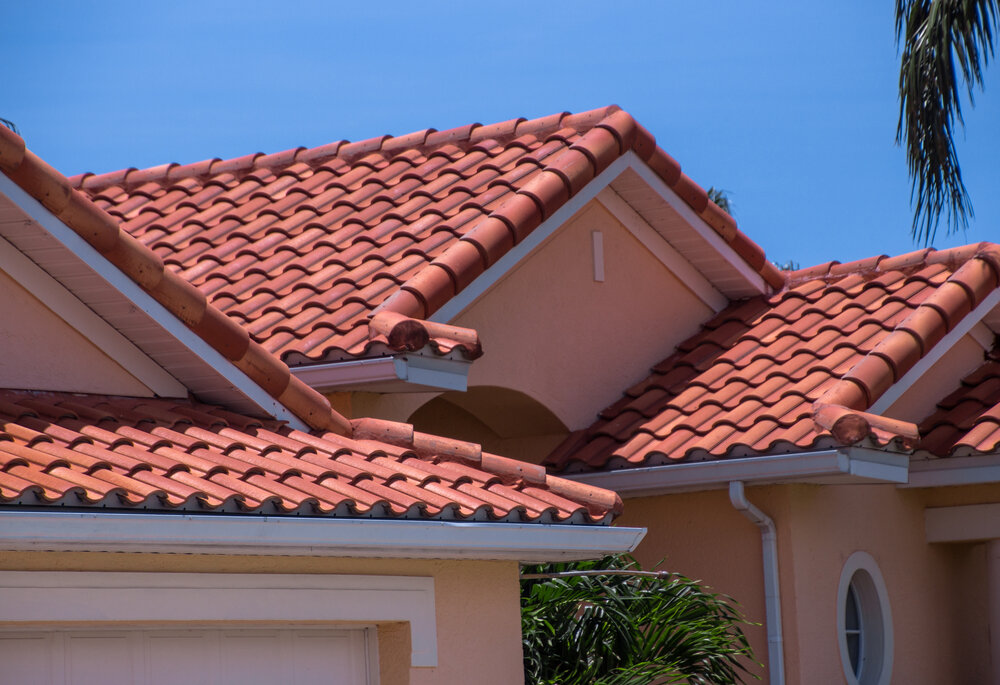
Metal Roof Styles: Sleek Modernity
Metal roofing, whether made of aluminum, steel, or copper, brings a touch of modernity. While durable and fire-resistant, considerations like heat conduction and noise must be acknowledged. Experience the transformation of a three-story clapboard cottage, where a bold red metal roof harmonizes with an all-white exterior and surrounding greenery.
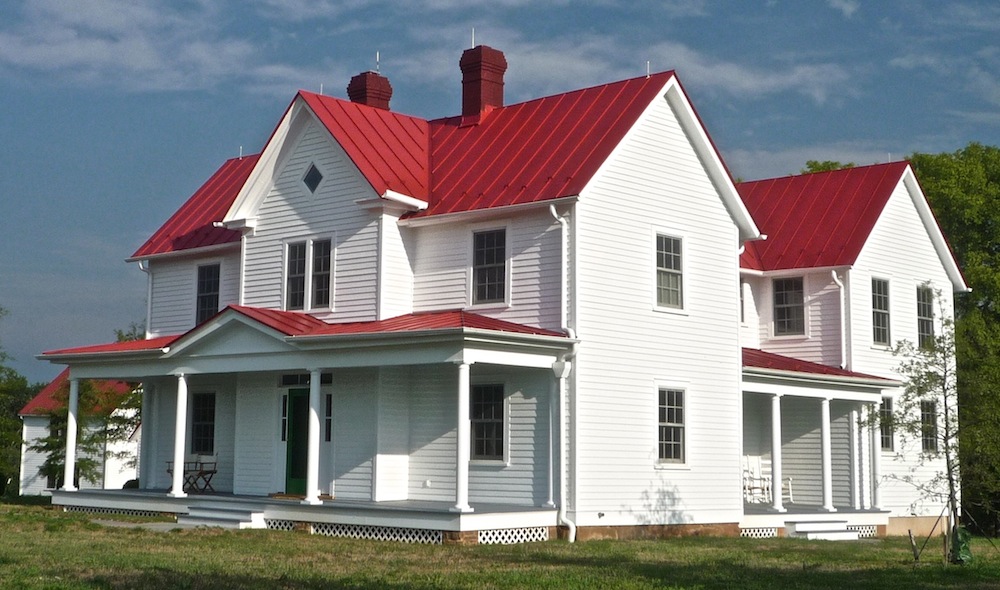
Slate Roof Materials: Timeless Elegance, Modern Practicality
Slate roofs exude elegance, but their installation and maintenance costs can be steep. Explore the middle ground with composite materials-slate and resins-that offer the beauty of natural slate with easier installation and care. Discover the enduring charm of slate roofs in various architectural styles.
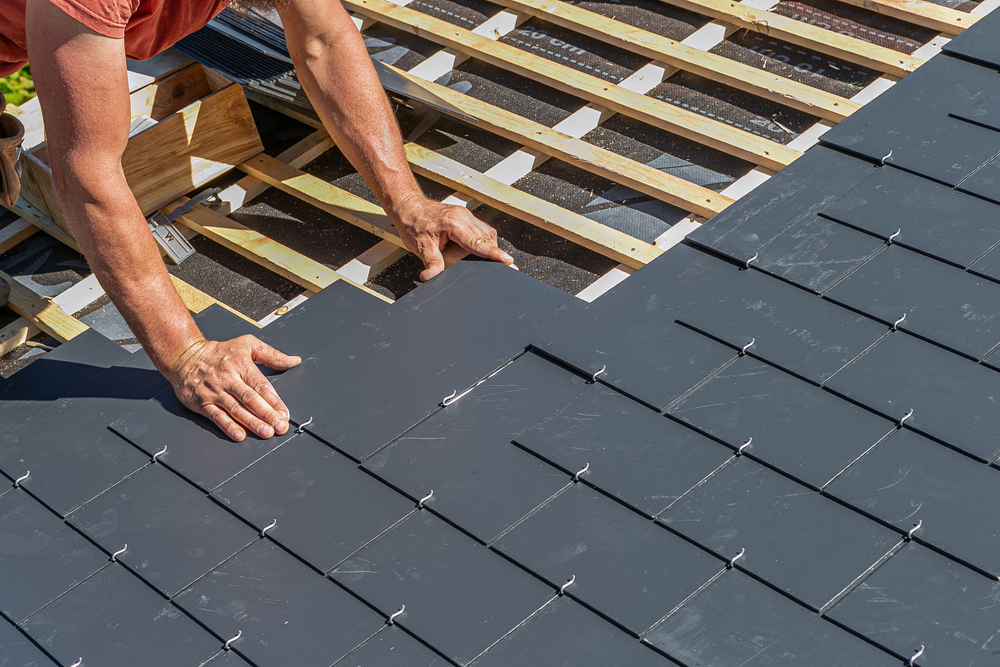
Combining Different Types of Roofs: Architectural Symphony
Architectural creativity comes alive when different roof styles converge in one structure. Enter a Tudor-inspired house where dormer and gable roof designs coalesce. Marvel at the strategic placement of dormer windows, breaking up blank spaces and welcoming more light. Copper window awnings and a wooden entry door further enhance the exterior charm.
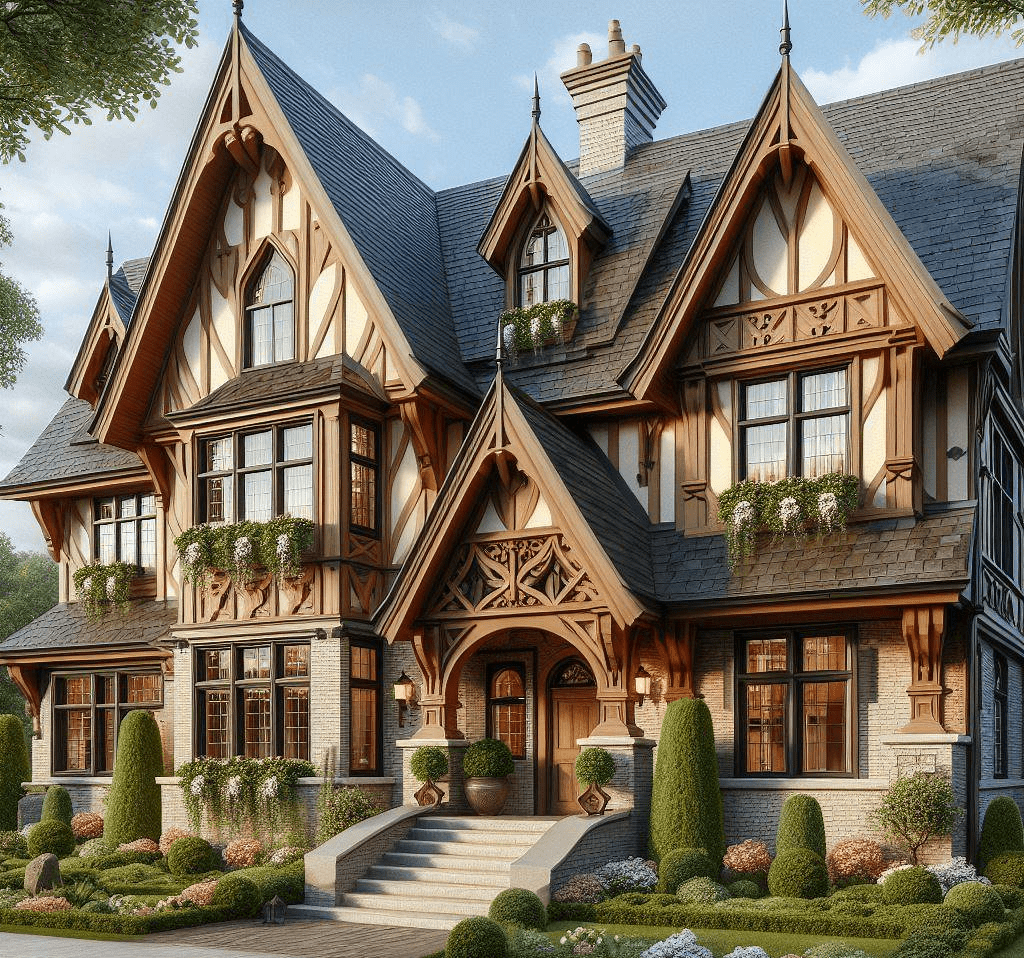
Mixing Roof Materials: Practical Harmony: roof design types
Diversity reigns as houses embrace multiple roofing materials. A judicious mix preserves the original character, as seen in a house topped with white PVC roofing on a new upper-level addition. From a bird’s-eye view, witness the energy-saving prowess of PVC roofing, coexisting harmoniously with traditional metal roofing on the lower section.

Roof Design Updates: A Renewed Vision
When it comes to updating a roof, tearing off the old is often the best course. This process reveals underlying defects in the roof deck, allowing for necessary repairs before installing a new roof. Experience the transformation of an aging roof to a slate-style fiberglass-composite shingle, complementing the home’s new gray-blue exterior color.
Materials Matter – Choosing the Best Roofing Materials
Durability and Longevity – Asphalt Shingles
Explore the popular choice of asphalt shingles. Learn about their durability, cost-effectiveness, and the myriad of design options available.
- Cost-Effectiveness: Asphalt shingles are a cost-effective roofing solution, offering high performance for a lower cost. They provide a budget-friendly option without compromising quality .
- Durability: Renowned for their remarkable durability, asphalt shingles are a long-lasting roofing material. Their ability to withstand various weather conditions contributes to their popularity among homeowners.
- Design Versatility: Asphalt shingles come with versatile design options, allowing homeowners to choose from a myriad of styles. Whether you prefer a traditional look or modern look, asphalt shingles offer a range of choices to complement your home’s aesthetic .

Timeless Beauty – Clay and Concrete Tiles
Delve into the world of clay and concrete tiles. these materials not only endure but also add a touch of elegance to your home.

Eco-Friendly Options – Metal and Green Roofs
For the environmentally conscious, metal and green roofs are rising stars. Learn about their sustainability, energy efficiency, and how they contribute to a greener future.
- Green Roofs for Energy Conservation: Green roofs have significant potential for energy conservation. Research reviews highlight their thermal benefits, shedding light on their potential applications for sustainable development .
- Environmental Impact Assessment of Green Roofs: Studies indicate that green roofs have a positive environmental impact, with approximately three times the positive effect compared to non-green roofs. This underscores their potential contribution to a greener environment.
- Reducing Urban Heat Island Effect with Green Roofs: Green roofs contribute to reducing the urban heat island effect by absorbing heat and lowering the energy required to cool buildings. They serve as an eco-friendly solution to combat heat-related environmental challenges.
- Environmentally Sustainable Green Roof Design: Green roofs offer benefits in heat and water conservation, as well as energy cost reduction. Sustainable design proposals aim to maximize these advantages, contributing to environmentally conscious building practices .
- Impact of Green Roofs on Parameters and Pollution: Green roofs filter and absorb pollutants, reducing pollution in urban rainwater. While they contribute positively, it’s essential to consider potential pollutant releases from soil and plants.
- Green Roofs for Sustainable Living: Green roofs, alongside metal roofs, represent the future of sustainable living. They combine eco-friendly practices with modern building codes, offering a harmonious blend of developed industry and environmental consciousness .
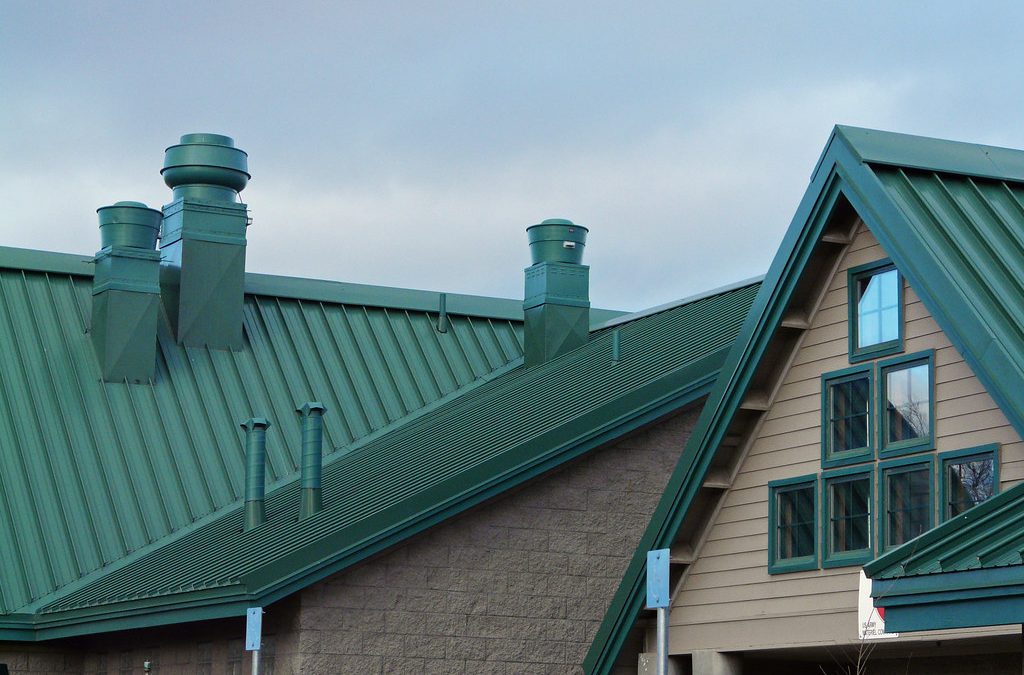
Your Roof, Your Style
Your home is a reflection of you, and your roof plays a crucial role in that reflection. By understanding roof design, materials, and color coordination, you can elevate your home’s style and make a lasting impression.

FAQs
What is the best color for roof design?
The best color for roof design depends on factors like the architectural style, climate, and personal preference. Neutral tones like gray, brown, or black are popular choices for their versatilit.
What is the best roof color?
The best roof color varies based on factors like climate and aesthetics. Dark colors absorb heat, making them suitable for colder regions, while lighter colors reflect sunlight, ideal for warmer climate.
How do I choose the right exterior color for my house?
Choose the right exterior color by considering the architectural style, surroundings, and personal taste. Test samples in different lighting conditions to ensure the chosen color complements the home’s features.
Which color combination is best for a house exterior?
The best color combination for a house exterior depends on factors like architectural style and personal preference. Classic combinations include neutral tones paired with a bold accent color for doors or shutters.
Which material should I use on a roof?
The choice of roofing material depends on factors like durability, climate, and budget. Common options include asphalt shingles, metal, slate, and tile.
What type of roof design is best?
The best roof design depends on the architectural style, climate, and personal preference. Gable, hip, and flat roofs are common choices, each offering different aesthetics and functionality.
What makes a good roofing material?
A good roofing material exhibits qualities such as durability, weather resistance, and low maintenance. It should also complement the architectural style of the house and meet local building code.
